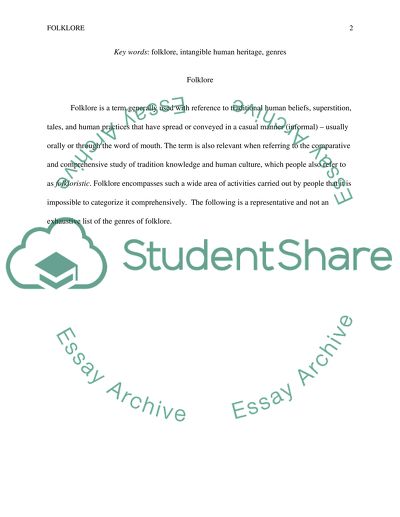Cite this document
(Definition of Folklore in Context Research Paper, n.d.)
Definition of Folklore in Context Research Paper. Retrieved from https://studentshare.org/culture/1620025-folklore
Definition of Folklore in Context Research Paper. Retrieved from https://studentshare.org/culture/1620025-folklore
(Definition of Folklore in Context Research Paper)
Definition of Folklore in Context Research Paper. https://studentshare.org/culture/1620025-folklore.
Definition of Folklore in Context Research Paper. https://studentshare.org/culture/1620025-folklore.
“Definition of Folklore in Context Research Paper”, n.d. https://studentshare.org/culture/1620025-folklore.


